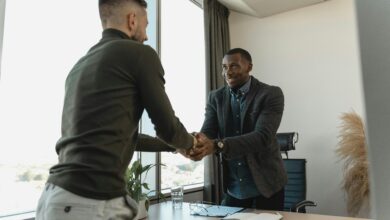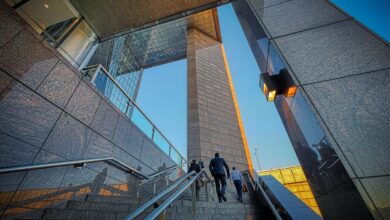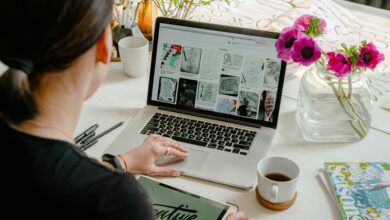What to Wear to a Job Interview: Your Complete Guide
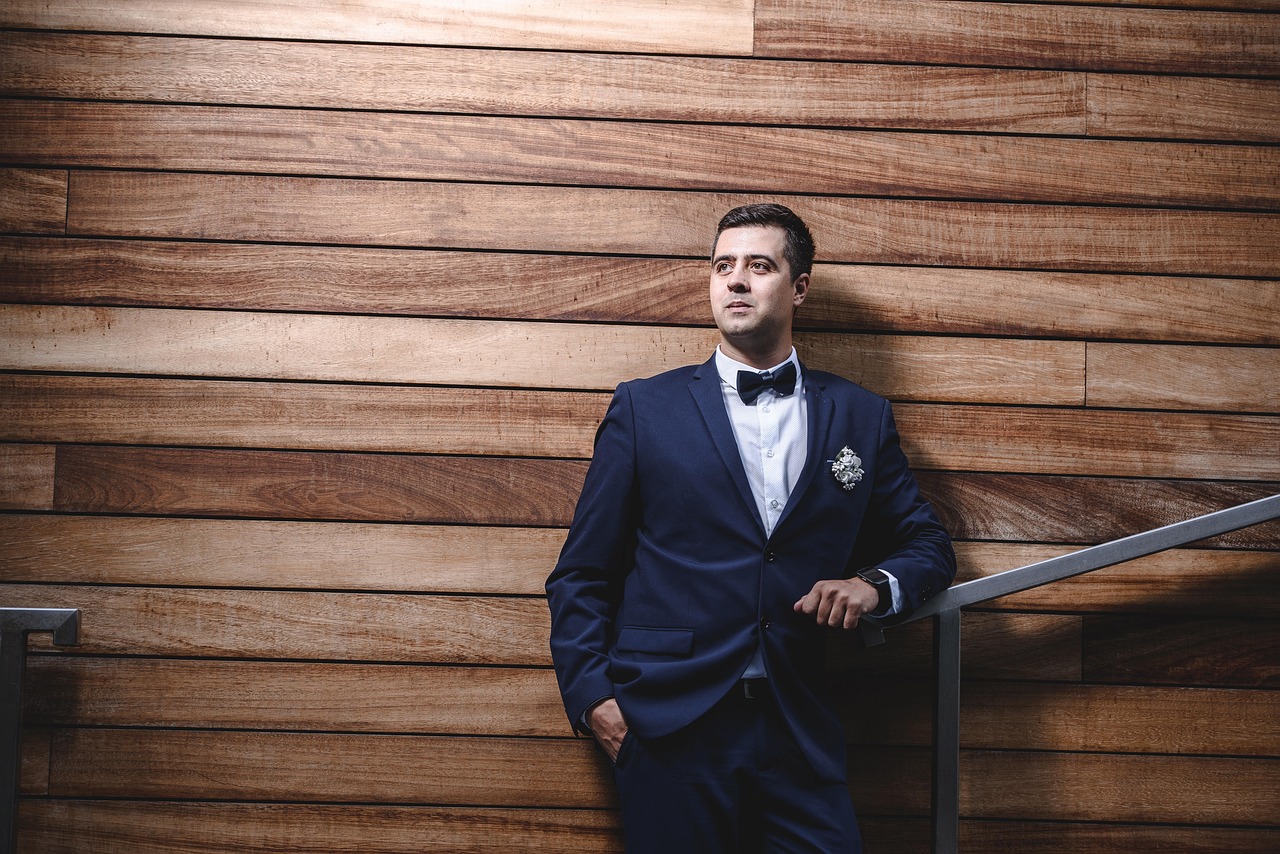
Table of Contents
Navigating the job interview process can be both exciting and nerve-racking. One of the most crucial aspects that often gets overlooked is how to dress appropriately. You may possess the skills and experience necessary for the job, but if you underdress or overdress, it can set the wrong tone. In this guide, we’ll explore the dos and don’ts of interview attire, ensuring you make a great first impression from the moment you walk in.
Understanding the Importance of Interview Attire
The way you present yourself during a job interview significantly influences the impressions you leave on potential employers. According to a study by CareerBuilder, 55% of a first impression is based on how you look. This statistic underscores the importance of wearing appropriate clothing for the occasion.
Why Does This Matter?
- First Impressions Count: Research indicates that it only takes seven seconds to form a first impression. Your attire is a key factor in that fleeting judgment.
- Professionalism: Dressing well reflects a level of professionalism that employers appreciate. It shows that you respect the opportunity and are serious about the position.
- Cultural Fit: Each company has its unique culture, and your attire can signal your alignment with that culture, whether it’s corporate, creative, or casual.
Know Your Industry Standards

Professional or Corporate Jobs
For traditional sectors like finance, law, and corporate business, opt for a polished look.
- Men: A tailored suit, dress shirt, and tie. Dark, neutral colors like navy or charcoal are best.
- Women: A business suit or a tailored dress. Choose conservative cuts and colors; avoid overly flashy accessories.
Creative Industries
In sectors like advertising, design, or tech, creativity may allow for a little more personality in your attire.
- Men: Smart-casual attire is often acceptable. Consider button-up shirts with tailored trousers or upscale jeans and a blazer.
- Women: Stylish dresses or blouses teamed with smart trousers or skirts. Don’t hesitate to accessorize to showcase your personal style.
Casual Environments
For more laid-back workplace cultures (like startups or non-profits), while the attire can be relaxed, it’s essential to look put-together.
- Men: Collared shirts, chinos, or clean-cut jeans. Avoid shorts and overly casual t-shirts.
- Women: A casual dress, or a blouse paired with tailored jeans. Choose neat, clean shoes over sneakers.
General Tips for Dressing for Success
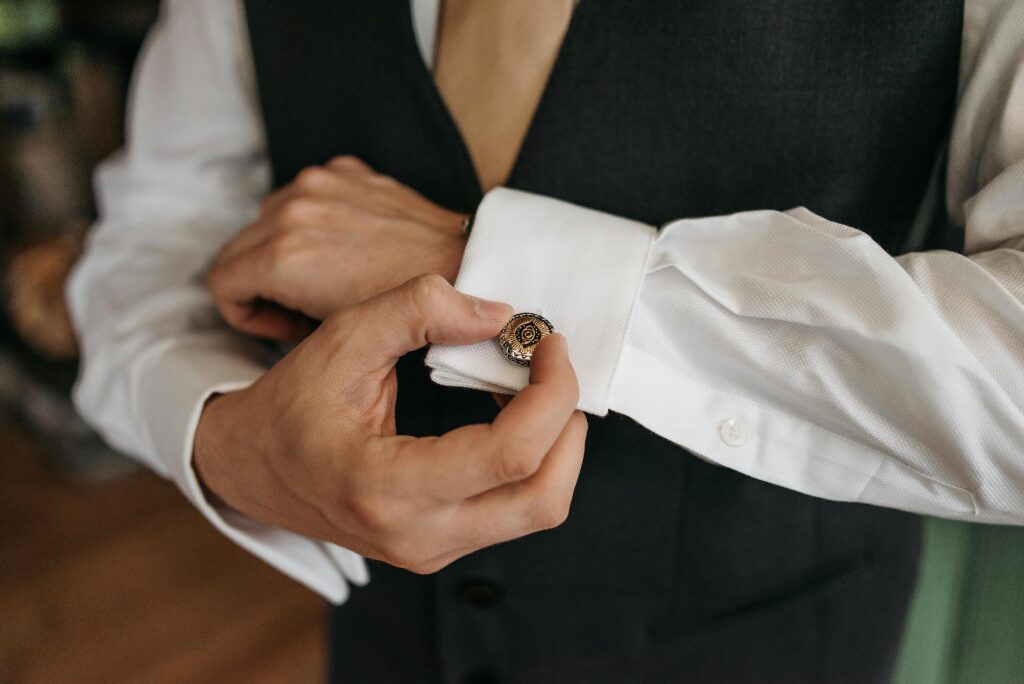
Fit Matters
Regardless of the dress code, the fit of your clothing is paramount.
- Tailored Clothes: Invest in tailoring if needed. Properly fitting clothes not only look better, but they also boost your confidence.
Choose the Right Colors
Colors can tell the interviewer a lot about your personality.
- Traditional Colors: Navy, gray, black, and white are generally safe choices that convey professionalism.
- Accent Colors: If you want to add personality, incorporate a pop of color through accessories or underlayers.
Consider Comfort
Your comfort can impact your performance in an interview.
- Avoid Distractions: Ensure your clothes are breathable and comfortable. You don’t want to fidget with your outfit while trying to concentrate on the interview.
Pay Attention to Grooming
A polished appearance goes beyond clothing.
- Hygiene: Ensure you are well-groomed. This includes hair, nails, and any facial hair.
- Minimalism in Accessories: Keep accessories understated. A watch or a few simple pieces of jewelry can add elegance without distracting.
Preparing for the Interview: Final Touches and Extras
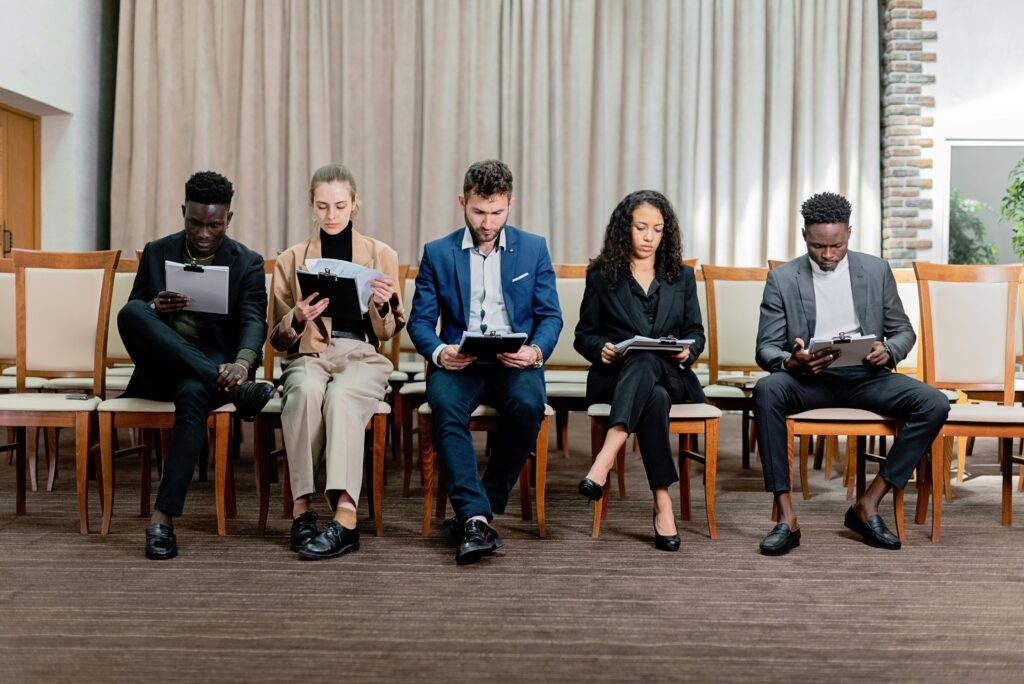
Footwear Choices
Your choice of shoes should complement your outfit and the overall impression you’re trying to create.
- Men: Opt for polished dress shoes that match your belt and suit colors.
- Women: Choose conservative heels or flats that complement your outfit. Ensure they are in good condition and comfortable enough for movement.
Bag Selection
When attending an interview, how you carry your essentials can also affect your overall presentation.
- Men: A professional briefcase or messenger bag works well.
- Women: A structured tote or handbag in a neutral color can keep things organized and stylish.
Practice Good Posture
Even before you arrive for the interview, practice good posture. It communicates confidence and preparedness.
- Standing Tall: Keep your shoulders back and head high. This non-verbal communication signals your self-assuredness and readiness for the challenges ahead.
Common Mistakes to Avoid

Dressing Too Casually
Even in a casual workplace, steer clear of overly relaxed attire like sweatpants, flip-flops, or graphic t-shirts. Always aim to look a notch above the company’s everyday dress.
Over-Dressing
While it’s better to be overdressed than underdressed, going too far can be just as detrimental. A tuxedo or formal gown is likely to make you stand out—in a bad way—when you’re applying to a casual environment.
Ignoring Personal Style
You should feel comfortable and true to yourself in what you wear. Avoid clothes that don’t align with your personal style, as they may make you feel insecure and distracted during your interview.
Forgetting to Research the Company Culture
Before attending the interview, research the company’s culture, which can often be gleaned from their website, social media, and employee reviews.
- Reach out to current or former employees on LinkedIn to get insight (if possible) about the company vibe.
Conclusion: Dressing for Interview Success
Choosing the right outfit for a job interview is an essential step toward making a positive impression and setting the right tone for your meeting. By understanding the expectations of your industry, preparing with thoughtful attention to detail, and avoiding common pitfalls, you can confidently present yourself as the professional the interviewer is looking for.
What have your experiences been with interview attire? Have you ever felt that what you wore made a difference in the outcome? Feel free to share your thoughts and any tips you might have in the comments below. If you’d like to read more articles like this, don’t hesitate to check out our other resources on interview preparation and career advancement!
